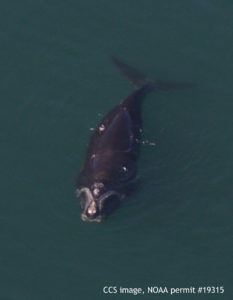Posted by Wayne G. Barber & Photos property of Wayne G. Barber
The common morning glory is a favorite of gardeners everywhere for good reason. The eye-catching vines are very low maintenance—they can be easily started from seed in early spring, and you don't need to prune or deadhead them as they grow.
Have a trellis or other support in place wherever you plant your seeds and the vines will soon find the support and train themselves to grow on it.
'Heavenly Blue': A popular cultivar with large azure flowers and heart-shaped leaves
With regular watering, morning glories can start blooming by mid-summer, but many times they are slow to begin setting flowers, earning them the nickname "back to school vine." If you want to try and speed up the flowering time of morning glories you seed yourself, you can try sowing the seeds even earlier in the spring by scattering them on the frozen ground and even on snow.
You can start seed indoors about four to six weeks before your last frost date, but it's not necessary—morning glory does very well when direct-sown as well. If you prefer to plant your seeds straight into the ground, wait until the soil is able to be worked and has warmed to at least 64 degrees Fahrenheit.
Morning glory seeds have a very hard seed coat and germination will be faster with scarification. You can do this by rubbing the seeds between two pieces of coarse sandpaper for a few seconds and then soaking them overnight. You will notice they are a lot plumper in the morning and look ready to sprout.
I have learned the hard way to wait to plant my favorite Burpee Heavenly Blue until the maple trees have full leaves on them and this year I put a few old golden shiners baitfish that had expired about 6 inches below them for some great results in the worst drought conditions since 1965 in the Northeast Quiet Corner . Try some in your yard next year for some real nice color and our green humming birds love them too.

.jpg)







